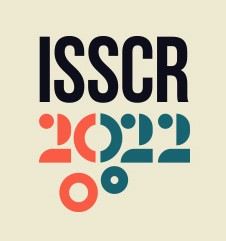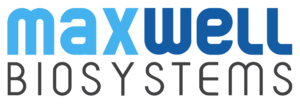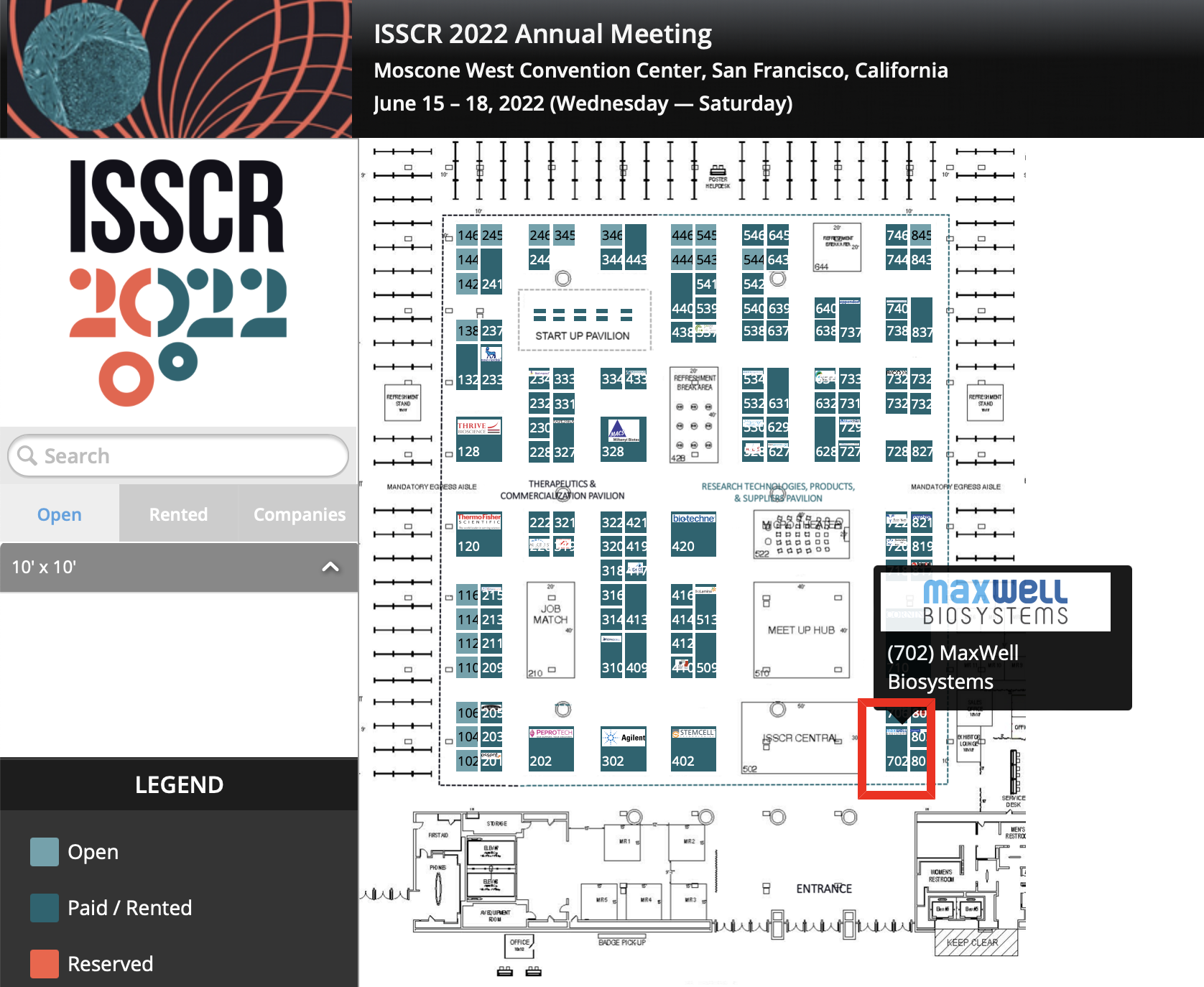ISSCR 2022でのMaxWell Biosystems


6月15日から18日まで開催されるISSCR Annual Meeting 2022 in San Francisco 会期中の予定等です。ぜひ、見つけて遊びに来てくださいね。
Meet the Team at ISSCR:
Our MaxWell representatives will be at ISSCR and would love to meet you!
  Dr. Urs Frey CEO |   Dr. Marie Obien CCO |   Martina de Gennaro Field Application Scientist |
  Dr. Zhuoliang (Ed) Li Field Application Scientist |   Dr. Diana Freire Scientific Marketing Specialist |   Eliane Duperrex Associate Application Scientist |
Booth:
Visit booth #702 to learn more about our HD-MEA systems MaxOne and MaxTwo.
Find us here: https://www.conferenceharvester.com/floorplan/floorplan.asp?EventKey=SHNNRXMK
Innovation Showcase:
June 17 11:30 – 12:30 (PDT)
Title | Next-generation in-vitro assays: Characterizing the activity of human iPSC-derived neurons in 2D and 3D cultures at high resolution
(次世代生体外アッセイ。ヒトiPS細胞由来神経細胞の2Dおよび3D培養による高解像度での活性評価)
Abstract | Both 2D and 3D brain models derived from human induced pluripotent stems cells (hiPSCs) are emerging as promising tools for investigating brain development and disease progression, as well as to test drug toxicity and efficacy in-vitro. In order to adopt hiPSC-derived 2D and 3D neuronal networks for rapid and cost-effective phenotype characterization and drug screening, it is necessary to assess their cell type composition, gene expression patterns, and physiological function.
In this innovation showcase, our invited speakers will showcase studies where MaxWell Biosystems’ advanced high-density microelectrode arrays (HD-MEAs) as the core of easy-to-use platforms, MaxOne (single-well) and MaxTwo (multi-well), allowed to capture neuronal activity across multiple scales, from sub-cellular to single cells, up to full networks and facilitated the characterization of the neuronal activity of hiPSC-derived neurons. During this session speakers will introduce how brain development disorders are modeled in 2D and 3D in-vitro. Overall, the presentations will provide an overview on how HD-MEA technology can efficiently advance research in 2D and 3D hiPSC-derived brain models and accelerate drug discovery for neurodegenerative diseases.
Onsite Speakers | Schedule:
   | click here to convert to your timezone |
|---|---|
June 17 | 11:30 - 11:32  | Dr. Marie Obien CCO, MaxWell Biosystems, Host of the session Opening Remarks Short Bio |
11:32 - 11:40  | Dr. Urs Frey CEO, MaxWell Biosystems MaxWell Biosystems Welcome Address Short Bio |
11:40 - 12:00    | Dr. Bruna Paulsen Arlotta Lab, Harvard University, USA Dr. Silvia Velasco Murdoch Children's Research Institute, Australia Talk | Human brain organoids reveal asynchronous development of cortical neuron classes as a shared feature of autism risk genes Genetic risk for autism spectrum disorder is associated with mutations in hundreds of genes; however, neurodevelopmental abnormalities resulting from these mutations remain unclear. Here, we will describe how human brain organoids have been recently used to uncover shared cell type-specific neurodevelopmental abnormalities among three autism risk genes. Our data show a convergent phenotype of asynchronous development of two main cortical neuronal lineages and suggests that a shared clinical pathology may derive from higher-order processes of neuronal differentiation and circuit wiring. Short Bio |
12:00 - 12:20  | Dr. Marián Hruška-Plocháň Polymenidou Lab, University of Zurich, Switzerland Talk | Human neural networks with sparse TDP-43 pathology reveal NPTX2 misregulation in ALS/FTLD Human cellular models of neurodegeneration require reproducibility and longevity. To explore the TDP-43 pathologies, we generated iPSC-derived, colony morphology neural stem cells (iCoMoNSCs) that differentiated into a self-organized multicellular system, which matured into long-lived functional neural networks. Overexpression of TDP-43 in neurons led to progressive fragmentation and aggregation, resulting in loss of function and neurotoxicity. The strongest RNA target revealed by scRNA-seq encoded for NPTX2, which was misaccumulated in ALS and FTLD patient neurons with TDP-43 pathology. Short Bio |
| 12:20 - 12:30 | Q&A Session All speakers |
Online Speakers | Schedule:
   | click here to convert to your timezone |
|---|---|
June 17 | 11:30 - 11:45  | Dr. David Jäckel Senior Product Manager, MaxWell Biosystems, Switzerland Talk | AxonTracking Assay: high-resolution and high-throughput mapping of propagating action potentials Axonal dysfunction plays a central role in deliberating pathologies. Therefore, access to axonal physiology is crucial for studying information processing within neuronal networks and accelerating drug development for neurological disorders. In this talk, we present the MaxLab Live AxonTracking Assay, a novel tool to automatically detect and functionally characterize axonal neuronal signals in neuronal networks grown on high-resolution microelectrode arrays. We used the AxonTracking Assay to reliably measure from Human iPSC-derived neurons over multiple weeks and to extract key metrics such as conduction velocity, axonal length, and axonal latency. We found a significantly increased axonal velocity in human motor neurons as compared to dopaminergic and glutamatergic neurons. Short Bio |
11:45 - 12:05  | Dr. David Pamies Zurich Fontanellaz Lab, University of Lausanne, Switzerland Talk | Evaluation of multi-well microelectrode arrays (MEA) for neurotoxicity screening in a 3D human brain iPSC-derived model using a chemical training set The use of Multielectrode arrays (MEAs) have been proposed as an in vitro neurotoxicity screening method and a recent study demonstrated high reproducibility and reliability of MEA measurements across five laboratories. However, most of the work has been done in 2D cortical rat cultures. The development of new primary human cell culture technologies such as 3D culture in combination with iPSC derived models promise to generate more relevant human physiological systems. In order to internal validate the model, we have performed a set of chemical experiments by using the MaxTwo platform using various concentrations and different time points. Short Bio |
12:05 - 12:30  | Dr. Kenta Shimba Jimbo Lab, University of Tokyo, Japan Talk | High resolution spatiotemporal evaluation of rat sensory axons Axons are considered to play an important role in the computational functions in central and peripheral nervous system. Although electrophysiological methods have been used to characterize conduction properties, spatial and temporal resolution has been limited. We have been studying relationships between axonal structure and conduction properties using MaxOne system. In my presentation, I will talk about recent advances in our study on rat sensory axons. Short Bio |
Poster Presentations:
Poster #377
| Date and Time | Thursday June 16 15:00-16:00 | Onsite |
| Poster Number | 377 |
| Poster Title | ELECTROPHYSIOLOGICAL PHENOTYPE CHARACTERIZATION OF HEALTHY AND DISEASED HUMAN IPSC-DERIVED MOTOR NEURONS BY MEANS OF HIGH-DENSITY MICROELECTRODE ARRAYS |
| Presenting | Dr. Marie Obien |
Poster #384
| Date and Time | Thursday June 16 16:00-17:00 | Onsite |
| Poster Number | 384 |
| Poster Title | ELECTROPHYSIOLOGICAL CHARACTERIZATION OF NEURONS MODELING NEUROLOGICAL DISEASES USING HIGH-DENSITY MICROELECTRODE ARRAYS |
| Presenting | Eliane Duperrex |
Learn More About MxW:
  |   |   |
Schedule a Call:
 日本語
日本語



